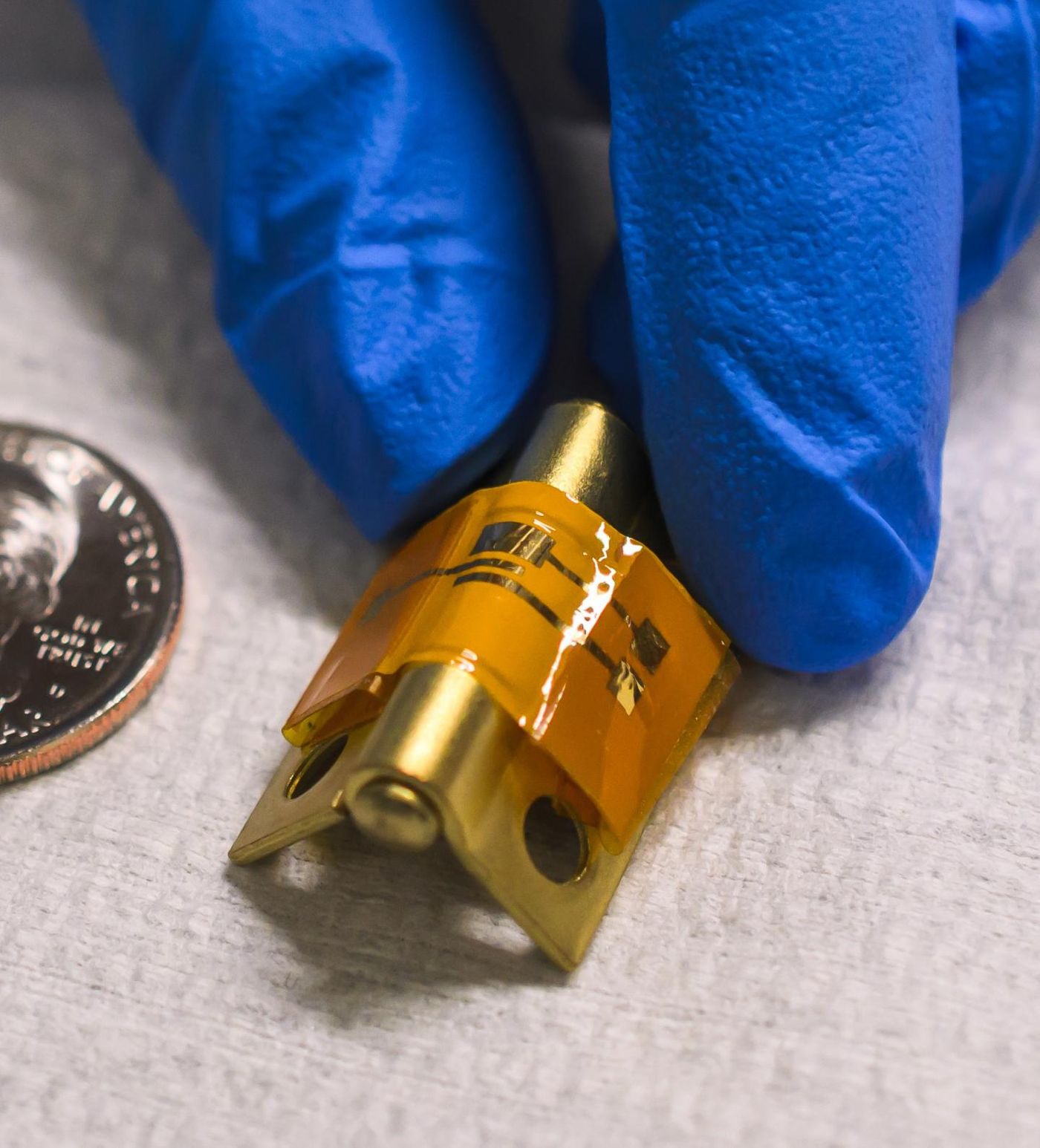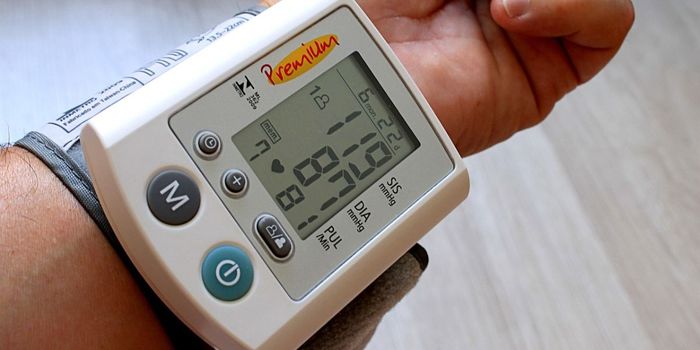With the prick of a finger, diabetics can easily test their blood-glucose levels, and now scientists are calling for the design of similar monitoring devices for the fast and accurate diagnoses of heart attacks, also known as myocardial infarction.
The new technology, a “point-of-care (POC) device,” is intended for use by untrained individuals in the home. “If you think you might be having a heart attack, every second counts to get a diagnosis and treatment,” said Dr. Shalini Prasad, University of Texas at Dallas professor of bioengineering.
Prasad and her team from the University of Texas at Dallas developed a flexible, mechanically stable, and disposable device for monitoring cardiac proteins circulating in the blood, called troponins. Cardiac troponins are released from damaged heart muscle cells as soon as a heart attack begins, and, according to a
2004 study, “raised cardiac troponin concentrations are now accepted as the standard biochemical marker for the diagnosis of myocardial infarction.”
Cardiac troponins are regulatory proteins that control the calcium-mediated interaction between actin and myosin, and scientists believe troponins might even be unique to the myocardium.
The design is composed of nanostructures, incorporated into a zinc oxide electrode device. The nanostructures increase the device’s sensitivity by improving the binding of troponins to electrodes. Measuring levels of troponin from blood after a finger prick can tell a lot about the larger blood vessels in the rest of the body, but fingertip capillaries might show low levels of troponin, this measurement indicates higher levels of the protein in the arteries.
Prasad also said that the nanostructure design could also lead to technology capable of detecting other biomolecules such as glucose, cholesterol, and uric acid. "Our technique for growing these nanostructures on a variety of substrates opens up an entirely new and exciting research direction in the field of electrochemical biosensing,” she said. Other applications for POC devices include chronic disease diagnosis and prognostic monitoring, food testing, environmental monitoring, and more.
The present study was published in the journal
Scientific Reports.
Sources:
University of Texas at Dallas,
Journal of Clinical Pathology
Image: University of Texas at Dallas









